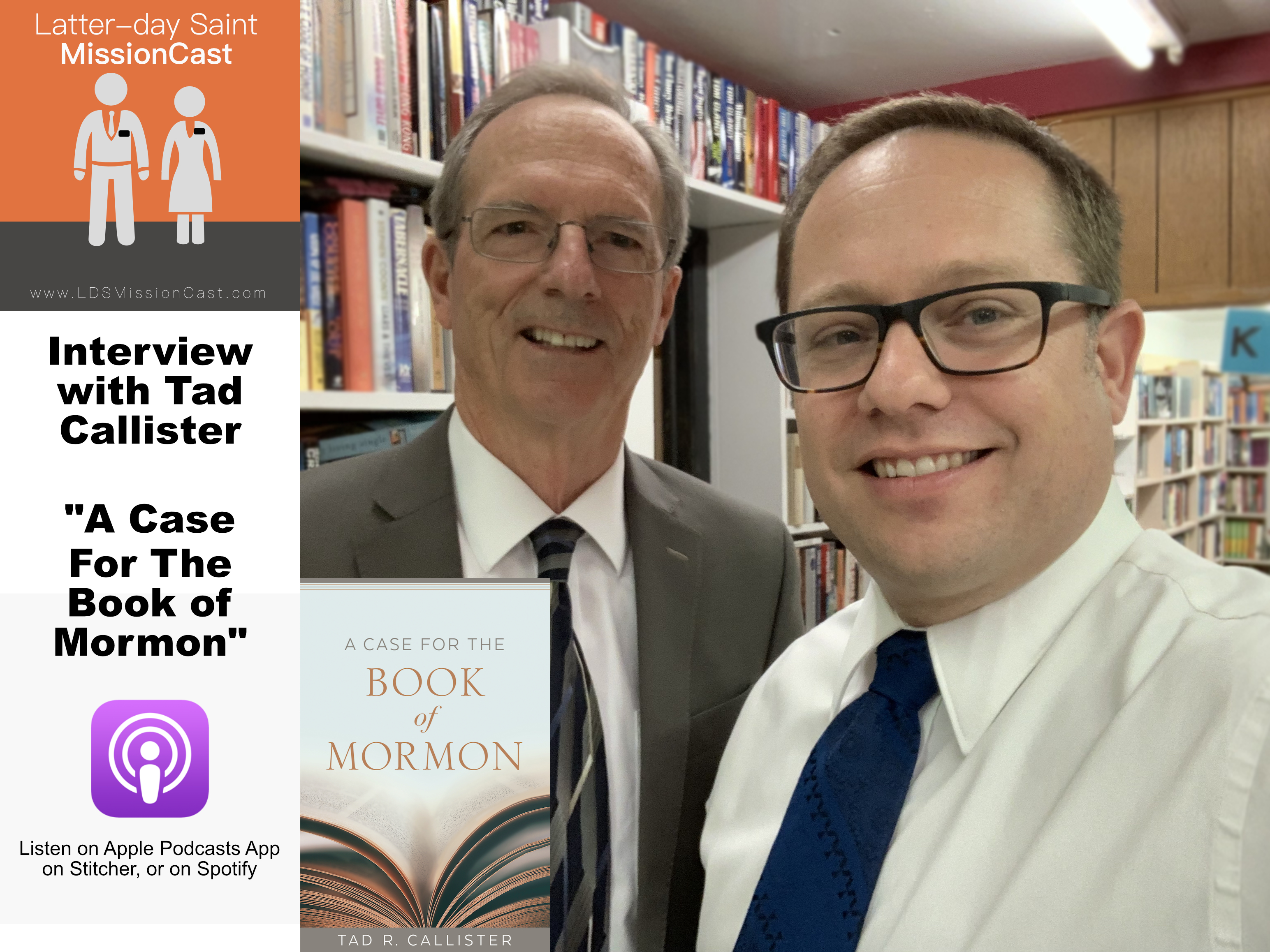

The title of his BYU address was “The Book of Mormon man-made or God-given.” My first question is “why not both?”īecause the Book of Mormon is the keystone of our religion as described by Joseph Smith, the church rises or falls on the truth of it. The early Christian Church’s doctrines and organizational structure seems to look more like Mormonism the further you go along this path not the opposite.
Talk on joseph smith by tad r callister how to#
Scholarly consensus is that the apostles did not inherit a well-defined church from Jesus, but that the doctrines and organizational structure slowly evolved over time as apostles were moved by the Holy Ghost and debated back and forth over how to do it best. But he did so by either failing to understand or ignoring all the modern scholarship of the New Testament and instead choosing to use the McConkie ultra-literal style of prooftexting and cherry picking of verses here and there in the New Testament to make his case. In it, he built a very strong case for the traditional LDS narrative of the organization of Christ’s church and then falling away. The Inevitable Apostasy, I was greatly disappointed in. He is using scripture interpretations and prior statements from LDS leaders. I read Infinite Atonement and felt it was devotionally inspiring and did a good job theologically laying the logical framework for the LDS view of the atonement. Callister worked as an attorney in California and published a couple popular LDS books: Infinite Atonement and The Inevitable Apostasy. Brother Callister was released from the Quorum of the Seventy in 2014 and this talk was not given in general conference, but I still have some trepidation addressing this.īefore being called as a Seventy, Br. 1) I have a sometimes illogically fierce loyalty and devotion to the prophet, apostles and leaders of the LDS church 2) I love the Book of Mormon and testify it is the Word of God, yet I strongly come on the side of it not being an historical work. If you’ve read my blogs at all, you’re probably aware of two things. Tad Callister, former Seventy of the church, spoke at BYU for the devotional address this past Tuesday. What I think is implausible is to imagine Alma’s letter to Corianton as being written before the New Testament and the subsequent centuries of debate over Christian theological concept which both Alma’s letter and the linked 1728 text are both responding to. I’d like to hear what other faithful LDS say on this convergence. That includes critical arguments like the Vernal Holley map or Comoros-Moroni or Late War similarities and also faithful arguments like Nahom and some of the other names in the BOM with ancient Hebrew or Egyptian ties. I’ve seen the concept of parallelomania at play so many times in these studies, that I’m skeptical of drawing too strong of a conclusion. No reason to downplay Joseph’s use of sources. Why should those of us who believe keep beating around the bush? Let’s be open about what is happening in the text and then show how it still can be inspired. Here, Alma 40 is direct source borrowing. Linguists can be very confident in distinguishing the differences between some common cultural ideas and direct source borrowing. He was just using sermonic language from the synagogue.” Scholars would never say “the author of Matthew didn’t really have the Hebrew Scriptures open (and quoting from it) when writing his gospel. The linguistic similarities are too great to say “well Joseph was just swimming in the terminology of the day.” I give my thoughts in this exchange in a private forum. Does this shed any light on the Book of Mormon translation process? Or could it be completely random? See the graphic above used as the featured image and the analysis of this midway through the article. But this is a time I made a discovery in my own research. I am primarily a collator and aggregator of others who are producing original research and ideas. He published this as a book recently, and I see discussion about this quite regularly in social media lately, so it’s a good time to review this original post. The following is a blog post originally posted on the churchistrue blog in 2016 following Tad Callister’s BYU devotional talk titled “The Book of Mormon man-made or God-given.” A year later in LDS General Conference, he gave this same presentation in shortened form.


 0 kommentar(er)
0 kommentar(er)
